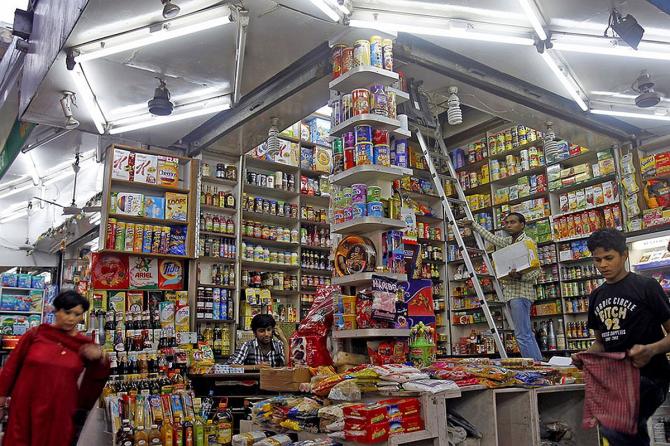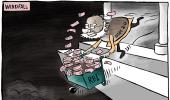Fast-moving consumer goods (FMCG) sales continued to be lower in June compared to May with urban sales witnessing a steeper decline than rural.

Sales of goods from shampoos to biscuits stayed lower due to inflationary pressures on commodities.
This pushed consumer companies to continue taking price hikes, thus impacting demand, according to data by Bizom.
Rural sales in June declined 0.2 per cent compared to May, data showed.
However, urban sales declined 3.1 per cent in June compared to May, largely driven by weakness in tier 2 cities.
Sales in tier 2 cities were down 7.5 per cent and the drop in sales (month-on-month) was 0.7 per cent in mega cities.
The figure was 0.4 per cent in tier 3 cities.
“There is a definite sign of prices going down for essentials like edible oils and even for fuel rates, which impact logistics.
"We expect this to get passed on to consumers quickly.
"In these products, we can definitely expect a bump up in rural sales next month.
"They are showing early revival signs in June,” Akshay D’Souza, chief insights and growth officer, Bizom, told Business Standard.
However, for other products where these essentials act as just an input ingredient, Bizom expects FMCG brands to hold prices.
“The revival of sales for these will possibly take longer, depending on the income earned from the good monsoon,” D’Souza said.
However, in the April-June quarter, sales were up 14.2 per cent compared to last year.
“April-June 2022 showed a double-digit growth year-on-year (YoY) despite strong inflationary headwinds.
"It was mainly because of pressure on FMCG sales during the quarter last year on account of Covid,” D’Souza said.
He added that the first half of 2022 has seen a strong inflationary trend create pressure on consumption.
"He further said FMCG companies have been focusing on price-led growth.
They expect it to be a challenge on an ongoing basis.
“The drop in consumption in recent months is forcing them to re-orient their growth strategies back towards consumption-led growth,” D’Souza said.
Bizom has noticed that brands have taken significant action to improve realisation through shrinkflation and bridge packs at the lower end of pricing.
But they are increasing rates at the higher price-band of products.
In May, sales in urban areas were down 16 per cent and those in rural parts fell 16.6 per cent (against April), according to Bizom.
Mayank Shah, product head at Parle Products, said, “Demand has been improving due to predictions of better monsoon.”
He also added that due to high commodity prices, farmers have received better realisation for their crop.
In a recent interview with Business Standard, Vineet Agarwal, chief executive officer (CEO) at Wipro Consumer, said the demand scenario in March and April was tougher than May and June.
“In May and June, we are definitely seeing an improvement of demand from March and April,” he said.
Beverage consumption in June declined by 8.8 per cent compared to May.
However, commodity sales (wheat flour, edible oil and rice) increased by 17.7 per cent.
Packaged foods’ sales were down 0.9 per cent in June compared to May.












 © 2025
© 2025